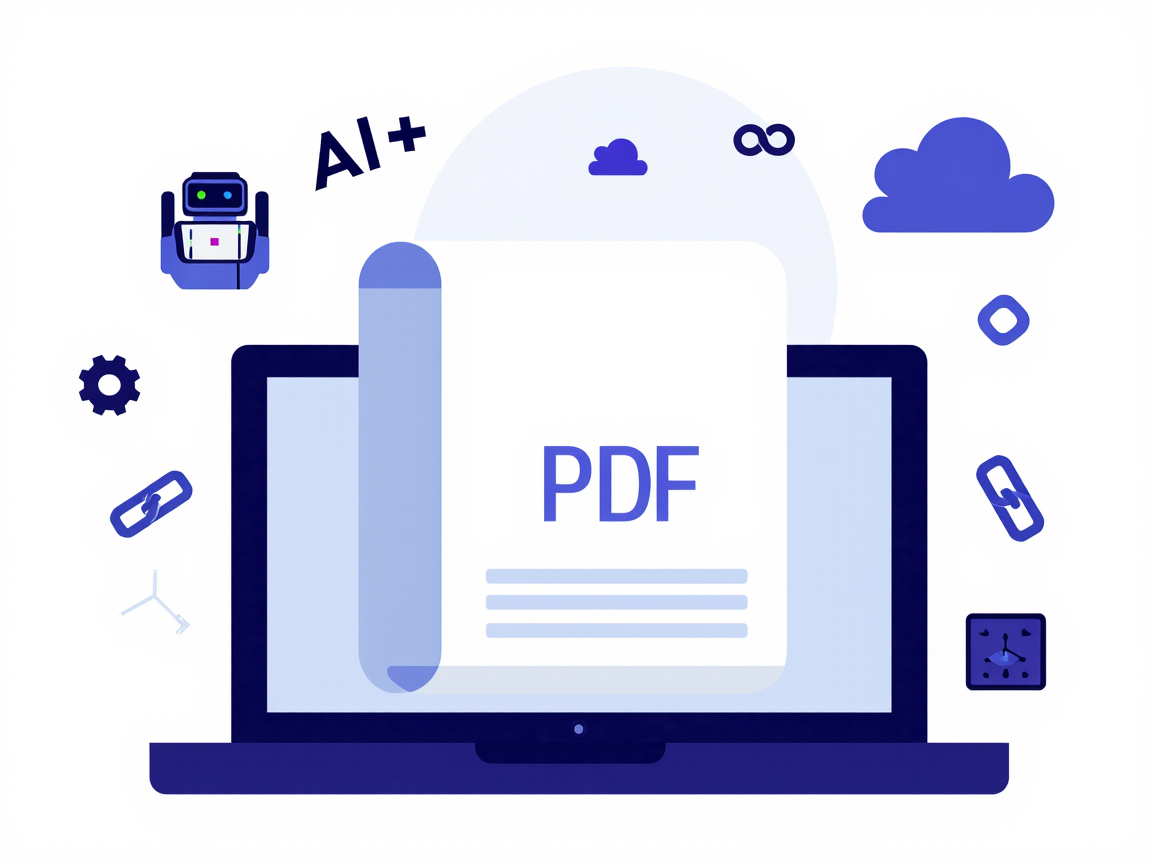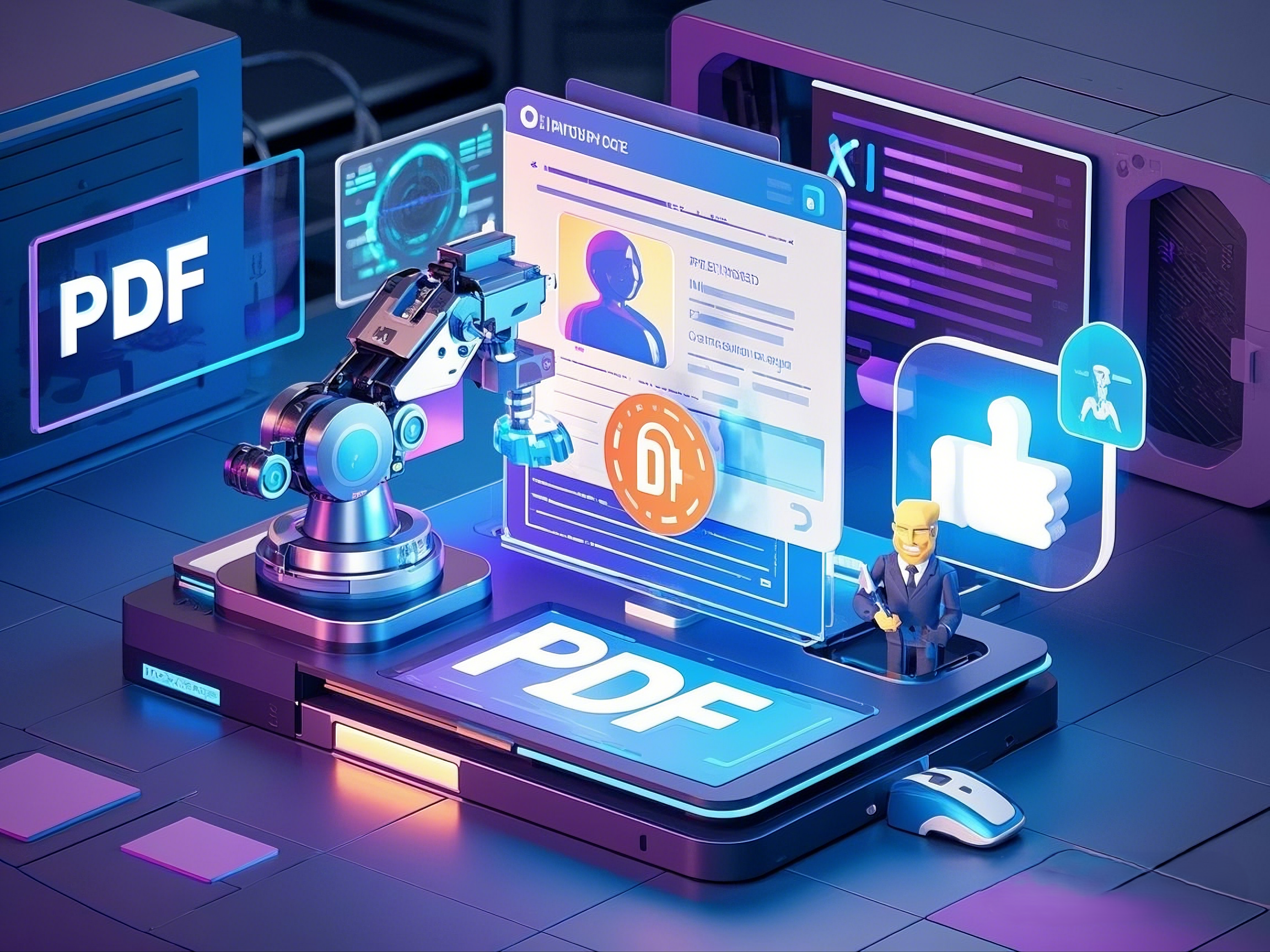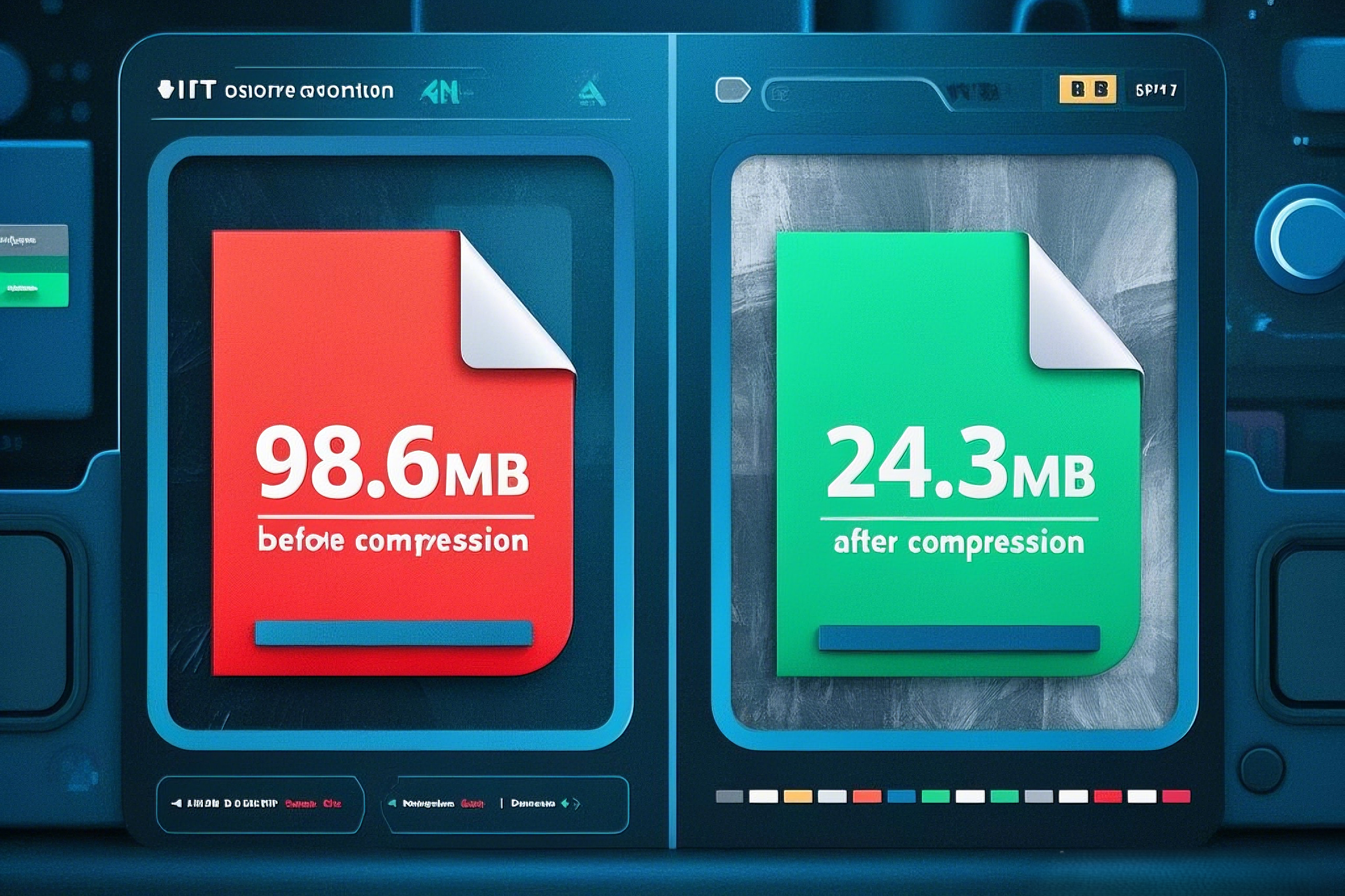It feels like a lifetime ago when our desks were buried under piles of paper. But with the rise of digital transformation, those days are long behind us. Since its creation over 30 years ago, the Portable Document Format (PDF) has become an indispensable part of our daily lives.

Yet, PDF’s evolution is far from over. From its humble beginnings as a tool for document preservation, it has grown into a global standard—one that’s now being enhanced by Artificial Intelligence (AI). AI-driven tools are revolutionizing how we read, edit, share, and analyze PDFs, making document management smarter and more efficient.
So, what does the future of PDFs look like? Let’s explore.
The Evolution of PDF Technology
A Brief History of PDF
PDF was designed to preserve document integrity across different devices and operating systems. But its journey from a niche format to a global standard is remarkable:
📌 1990 – Adobe co-founder Dr. John Warnock introduces "Project Camelot" (the foundation of PDF).
📌 1993 – PDF is officially launched.
📌 1994 – Password encryption is introduced for enhanced security.
📌 2001 – PDF 1.4 adds transparency features.
📌 2008 – PDF becomes an ISO standard (ISO 32000-1).
📌 2017 – PDF 2.0 introduces multimedia support, 3D models, and more.
📌 2020-Present – PDFs continue evolving, focusing on security, accessibility, and AI integration.
PDF has come a long way from a simple document format to a versatile tool used across industries, from finance to healthcare and education.
Different Types of PDFs
Not all PDFs serve the same purpose. As the format evolved, specialized versions were created to meet different needs:
🔹 PDF/A – Designed for long-term document storage and archiving.
🔹 PDF/X – Optimized for professional printing with strict color and format standards.
🔹 PDF/E – Supports engineering and technical documents, including 3D models.
🔹 PDF/VT – Ideal for variable and transactional printing, such as invoices and personalized mail.
🔹 PDF/UA – Ensures accessibility for users with disabilities, adhering to global standards.
🔹 PDF 2.0 – The latest version, offering enhanced encryption, digital signatures, and better printing capabilities.
Each of these formats plays a crucial role in modern document workflows.
How PDFs Have Transformed Document Management
Before PDFs, document sharing was messy—files lost formatting, security was weak, and paper waste was massive. The introduction of PDF revolutionized document management by offering:
✅ Consistency – Looks the same on all devices.
✅ Security – Password protection and encryption safeguard information.
✅ Editability – Tools now allow easy editing, annotations, and digital signatures.
✅ Reduced Paper Use – Digitizing documents cuts costs and benefits the environment.
✅ Cross-Platform Compatibility – Works on Windows, Mac, iOS, Android, and web browsers.
These benefits explain why PDF searches on Google are more common than TikTok searches!
PDFs in the Modern Era: AI, IoT, and More
With emerging technologies like Artificial Intelligence (AI), Machine Learning (ML), Internet of Things (IoT), blockchain, and big data, PDFs are becoming smarter and more interactive.
🔹 AI-Powered PDF Tools
AI is revolutionizing PDF management by:
- Automatically summarizing documents to extract key information.
- Enhancing search functions with Natural Language Processing (NLP).
- Smart redaction, ensuring private data is removed with AI precision.
🔹 Blockchain-Powered PDFs
Blockchain can verify document authenticity, ensuring that a file hasn’t been altered—perfect for contracts and legal agreements.
🔹 Interactive PDFs
Modern PDFs can now include:
- Videos, animations, and 3D models.
- Hyperlinks and interactive elements for a more engaging experience.
- AI-driven navigation, making it easier to find content.
Why PDFs Are More Relevant Than Ever
Despite the rise of cloud storage and collaboration tools, PDFs remain essential because they provide:
🔹 Electronic Signatures – Legally binding, remote signing.
🔹 Secure Document Sharing – Encrypted for confidentiality.
🔹 Lossless Formatting – Keeps text, images, and structure intact.
🔹 Universal Access – Viewable anywhere, on any device.
🔹 Integration with AI – Improving productivity with smart automation.
The Future of PDF Technology
🚀 More Automation – AI will automatically categorize, tag, and summarize PDFs.
🔐 Stronger Security – Advanced encryption and biometric authentication will protect sensitive files.
📂 Better Accessibility – Improved screen reader support and smart navigation.
💡 Seamless Integration – PDFs will work even more smoothly across platforms, apps, and smart devices.
As technology advances, PDFs will continue to adapt and thrive, ensuring they remain the world's most trusted document format.
Final Thoughts
PDFs have come a long way—from static documents to dynamic, AI-enhanced files that make work faster and more efficient. The future of PDFs is smarter, more interactive, and highly secure, ensuring that digital workflows remain seamless and trustworthy.
As AI, blockchain, and automation continue to evolve, so will the PDF—an enduring cornerstone of the digital era.





.png)